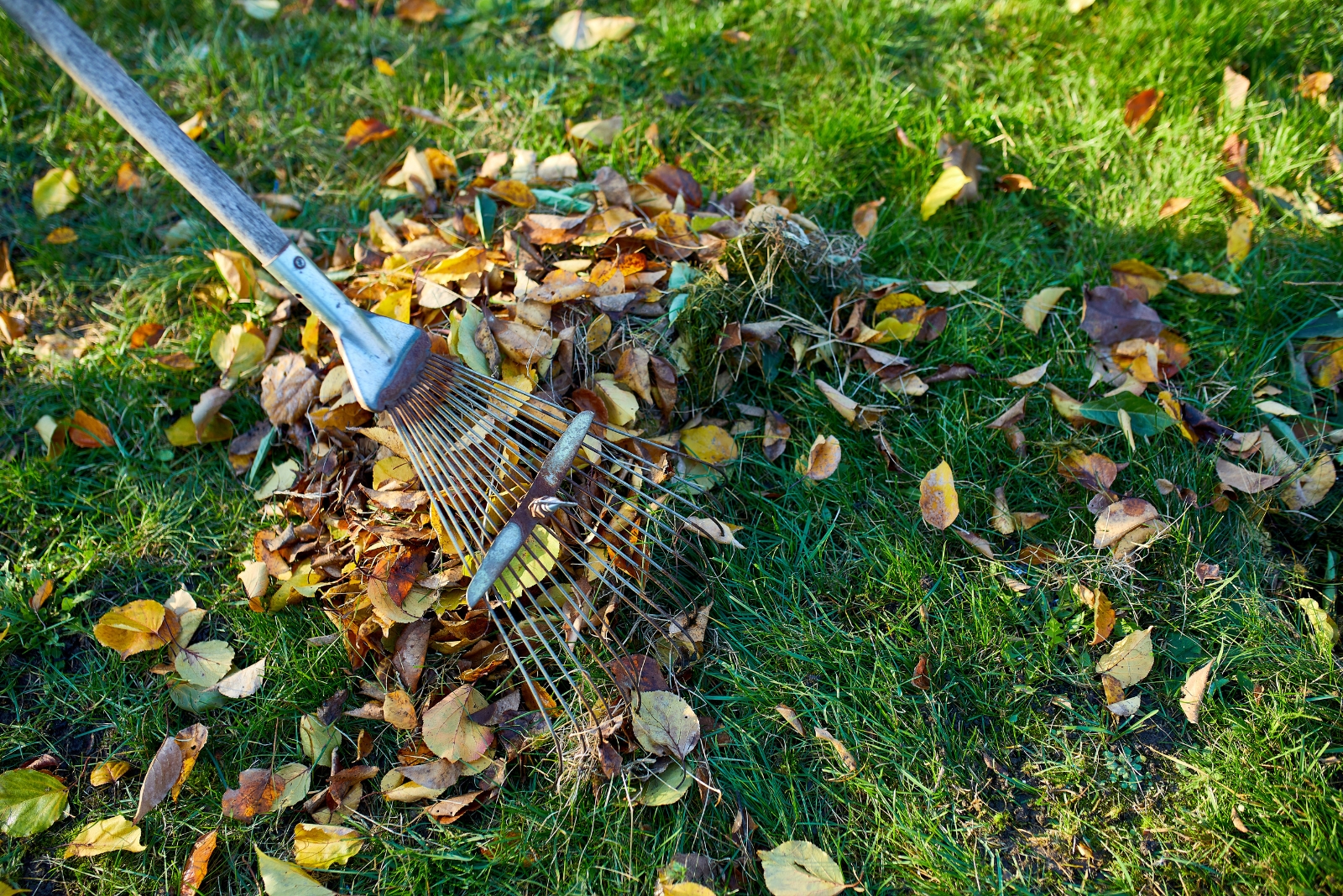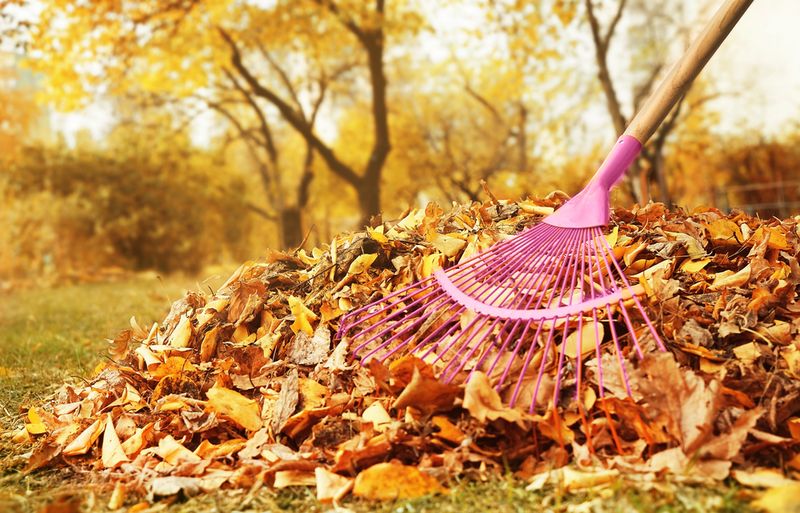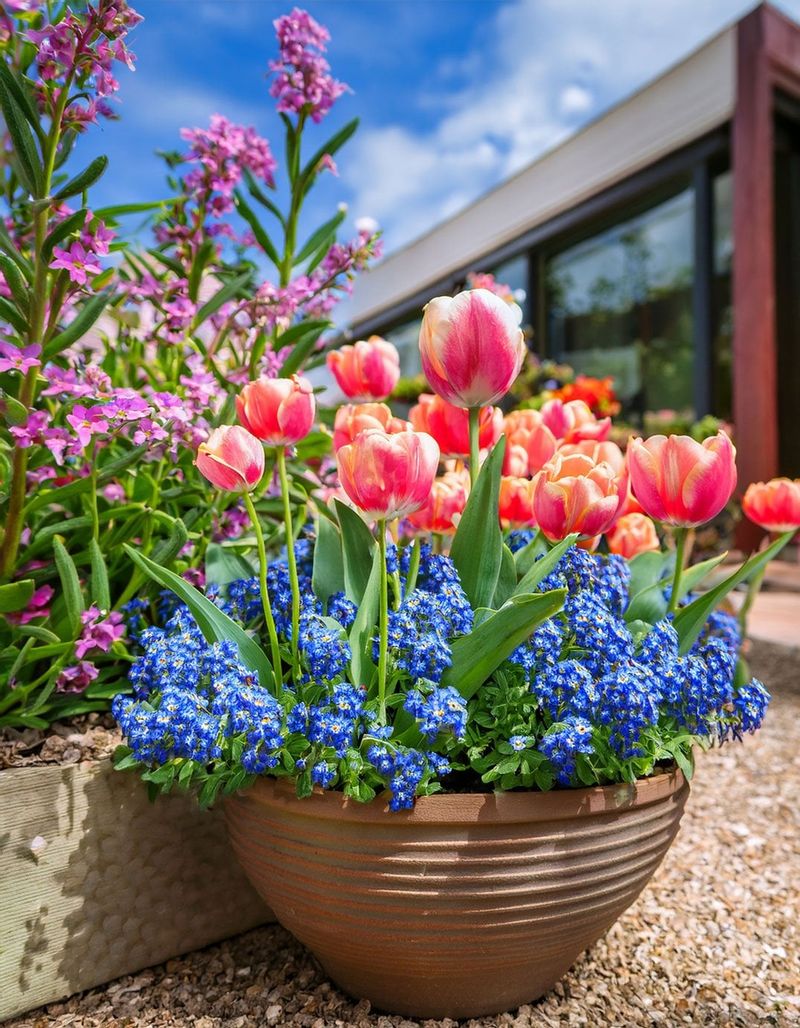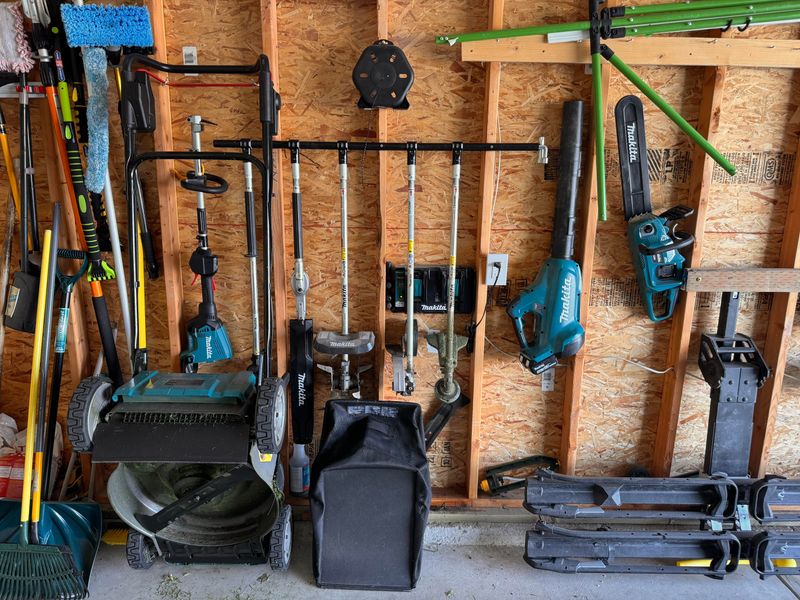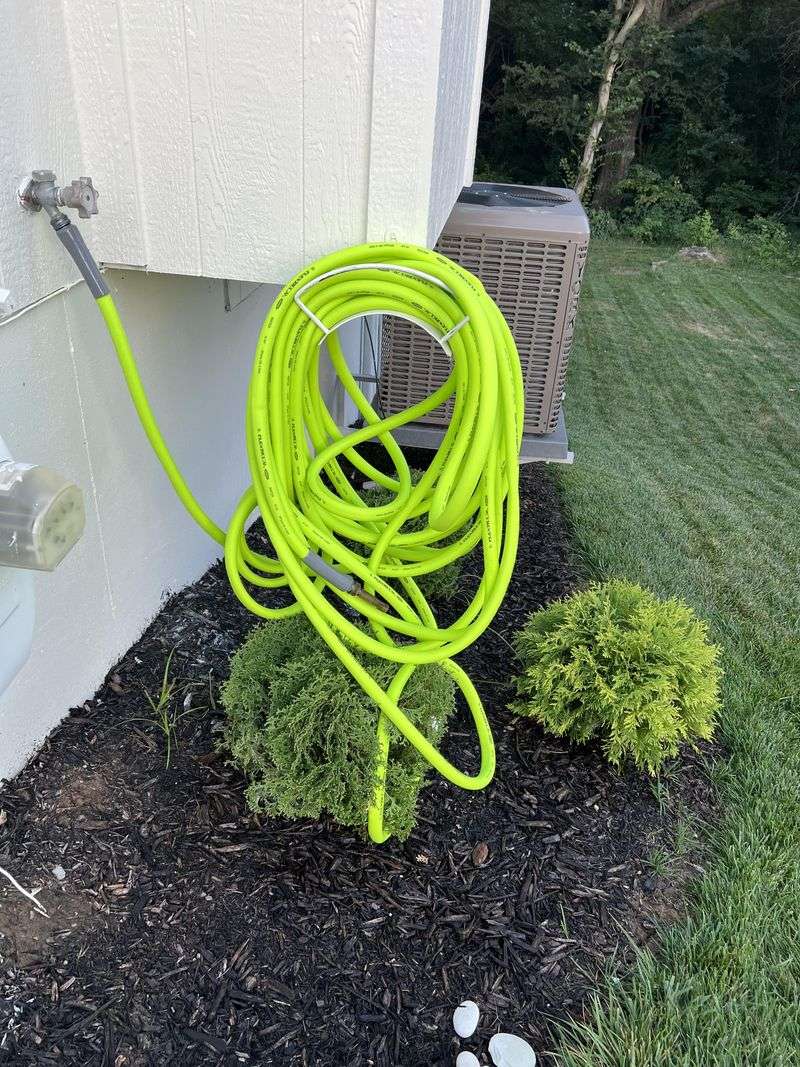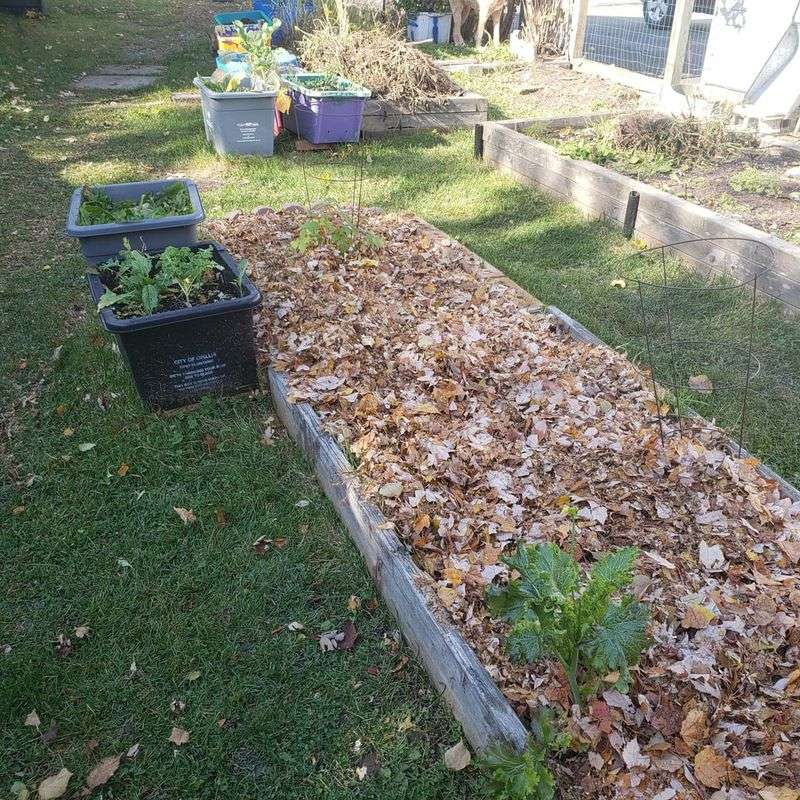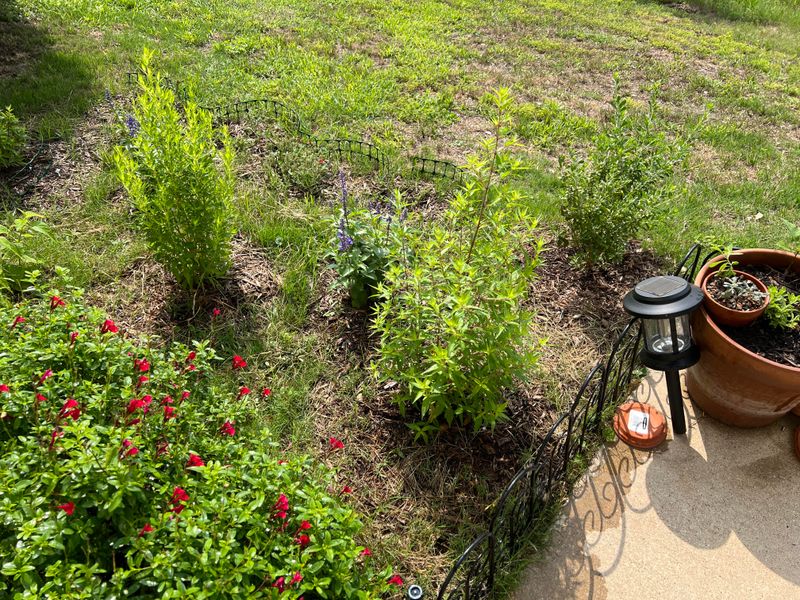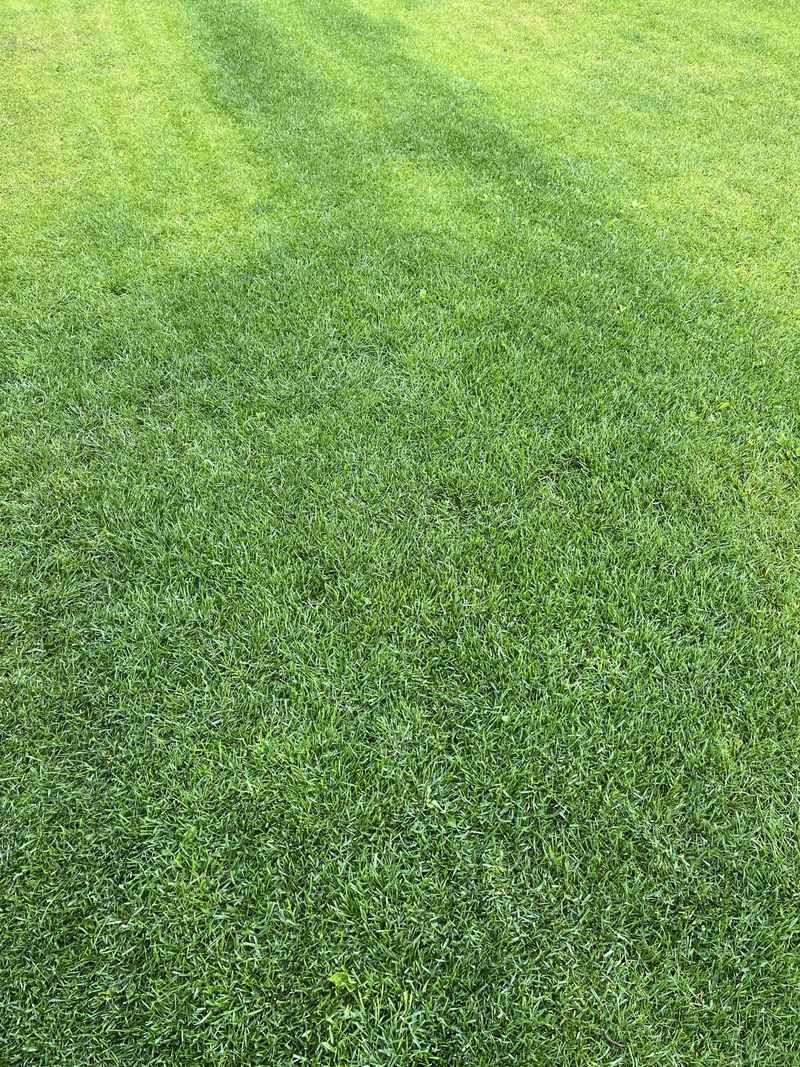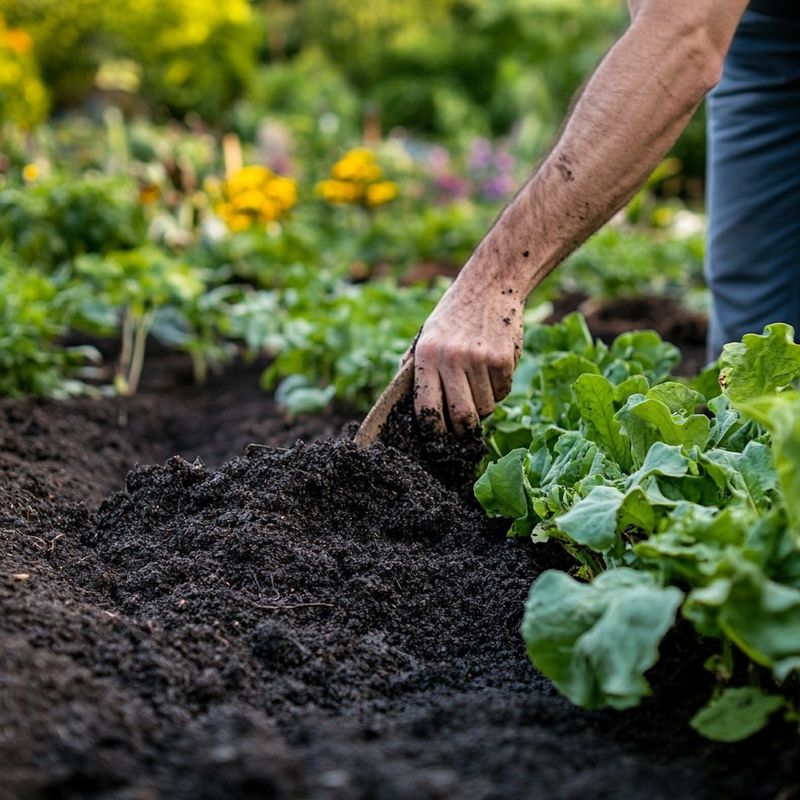November is a busy month for New York gardeners, and staying on top of tasks keeps your garden thriving. I like to tackle mine one step at a time to make sure nothing gets missed.
From prepping soil to pruning, each task has a big impact. Finishing these chores now sets your garden up for success in the coming year.
1. Rake and Remove Fallen Leaves
Fallen leaves pile up quickly across New York lawns during November, creating thick blankets that can smother your grass. Raking them up prevents mold growth and keeps your lawn healthy through winter.
You can add these leaves to your compost pile or use them as mulch around garden beds. Many New York towns offer leaf collection services, making disposal easy. Regular raking also prevents slippery walkways and keeps your yard looking neat throughout the season.
2. Plant Spring-Blooming Bulbs
Before the ground freezes solid in New York, you have a small window to plant bulbs that will bloom next spring. Tulips, daffodils, and crocuses need cold temperatures to develop properly.
Plant them about six inches deep in well-draining soil for best results. Choose a sunny spot that gets good drainage to prevent bulbs from rotting over winter. Your New York garden will reward you with gorgeous color when spring finally arrives after the long, cold months.
3. Protect Tender Plants and Shrubs
New York winters can be brutal on plants that aren’t fully hardy to the region. Wrapping vulnerable shrubs with burlap creates a windbreak and prevents damage from ice and snow.
Young trees and evergreens especially benefit from this protection during their first few winters. Add extra mulch around the base of plants to insulate roots from temperature swings. Roses, hydrangeas, and other sensitive plants will survive much better with proper covering before December arrives in your New York yard.
4. Clean and Store Garden Tools
Your garden tools worked hard all season and deserve proper care before winter storage. Cleaning off dirt and debris prevents rust and extends the life of your equipment significantly.
Sharpen pruning shears and shovels so they’re ready for spring use in your New York garden. Oil wooden handles and metal parts to protect them from moisture damage during storage. Organized tools mean you’ll find everything easily when gardening season returns, saving frustration and money on replacements.
5. Drain and Store Garden Hoses
Water left inside hoses will freeze during New York’s cold nights, causing cracks and splits that ruin them permanently. Disconnect all hoses from outdoor faucets and drain them completely.
Coil them neatly and store in a garage or shed where they won’t freeze solid. Turn off interior shut-off valves for outdoor faucets to prevent pipe bursts in walls. Taking these simple steps now saves expensive plumbing repairs and hose replacements when spring gardening starts again in your New York home.
6. Apply Winter Mulch to Garden Beds
A thick layer of mulch acts like a warm blanket for plant roots during freezing New York winters. Apply three to four inches of shredded bark or leaves around perennials and shrubs.
Wait until the ground starts freezing before mulching to avoid creating homes for rodents. Mulch regulates soil temperature and prevents the damaging freeze-thaw cycles common in New York. Your plants will emerge stronger in spring thanks to this protective layer keeping roots safe all winter long.
7. Cut Back Perennials
Most perennials in New York gardens benefit from being cut back to a few inches above ground level in November. Removing dead stems prevents diseases from overwintering and keeps your beds tidy.
Leave ornamental grasses standing though, as they provide winter interest and shelter for beneficial insects. Some perennials like coneflowers offer seeds that feed birds through cold months. Cutting back now makes spring cleanup much easier and gives plants a fresh start when warm weather finally returns to your New York property.
8. Fertilize Your Lawn One Last Time
A final feeding in November helps New York lawns store nutrients for winter survival and early spring green-up. Use a winterizing fertilizer formula with higher potassium content.
This strengthens grass roots and improves cold tolerance during harsh winter months ahead. Apply fertilizer when grass is still growing but before the first hard freeze hits your area. Your New York lawn will thank you with thicker, healthier growth next season, getting a head start on neighboring yards that skipped this important step.
9. Harvest and Compost Vegetable Garden Remains
Pull up spent vegetable plants from your New York garden and add healthy ones to your compost pile for next year’s soil enrichment. Remove any diseased plants completely to prevent problems from spreading.
Collect the last tomatoes, peppers, and herbs before the first killing frost arrives. Turn over soil in empty beds to expose pest larvae to hungry birds and freezing temperatures. Cleaning up now prevents overwintering diseases and gives you a head start on spring planting in your New York vegetable garden.

